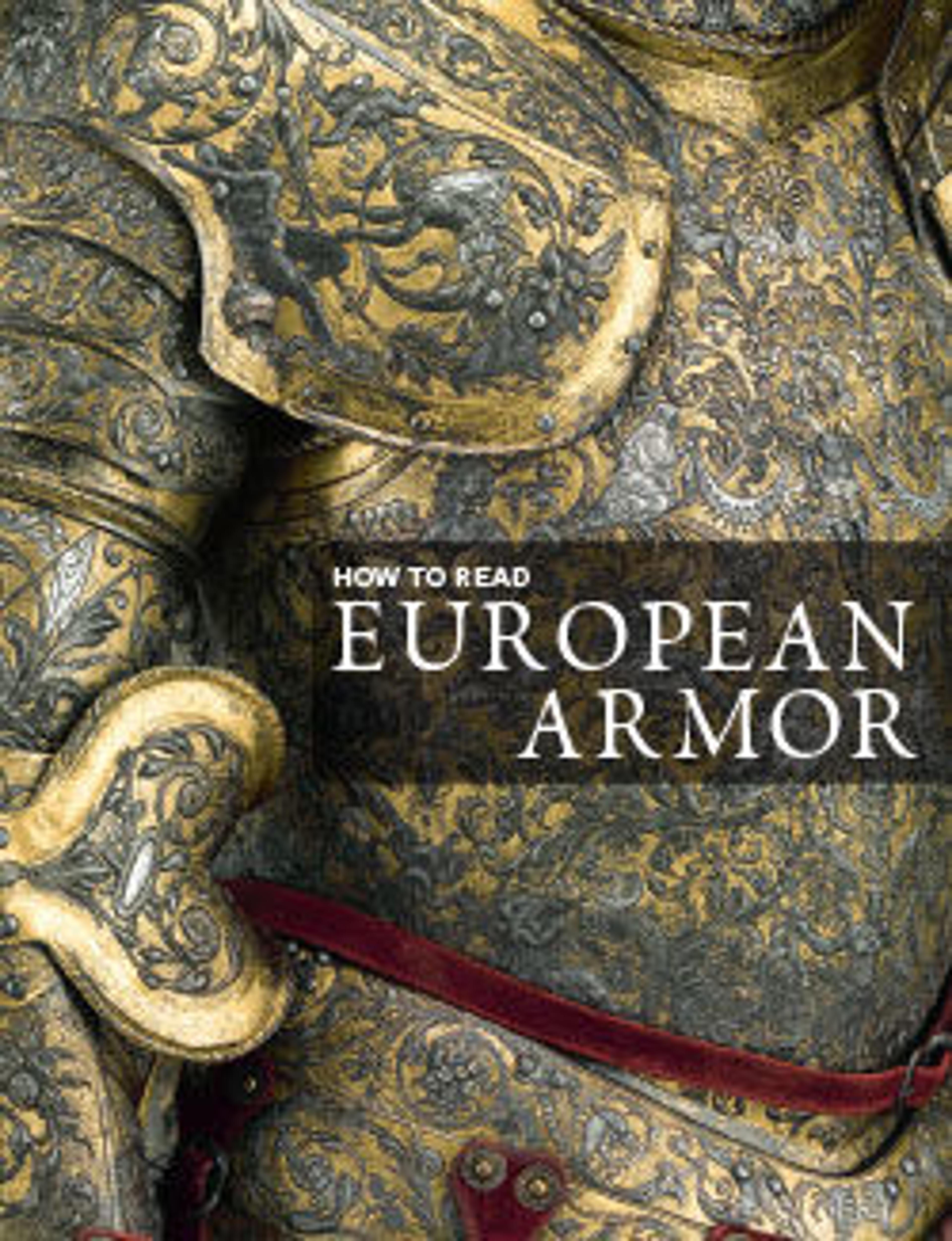Cabasset
The etching is based on prints by Etienne Delaune (1518 or 1519–1582) of Paris and Marcus Gheeraerts the Elder (1525–1604) of Antwerp. The inscription on the helmet, COLLERT 1585, indicates that its decoration was done by a member of that distinguished Antwerp family of engravers and printmakers.
Artwork Details
- Title:Cabasset
- Date:ca. 1580–90
- Geography:possibly Antwerp
- Culture:Flemish, possibly Antwerp
- Medium:Steel, gold, copper alloy
- Dimensions:H. 10 in. (25.4 cm); W. 9 1/8 in. (23.2 cm); D. 13 3/16 in. (33.5 cm); Wt. 3 lb. 12 oz. (1701 g)
- Classification:Helmets
- Credit Line:Rogers Fund, 1904
- Object Number:04.3.200
- Curatorial Department: Arms and Armor
More Artwork
Research Resources
The Met provides unparalleled resources for research and welcomes an international community of students and scholars. The Met's Open Access API is where creators and researchers can connect to the The Met collection. Open Access data and public domain images are available for unrestricted commercial and noncommercial use without permission or fee.
To request images under copyright and other restrictions, please use this Image Request form.
Feedback
We continue to research and examine historical and cultural context for objects in The Met collection. If you have comments or questions about this object record, please contact us using the form below. The Museum looks forward to receiving your comments.
